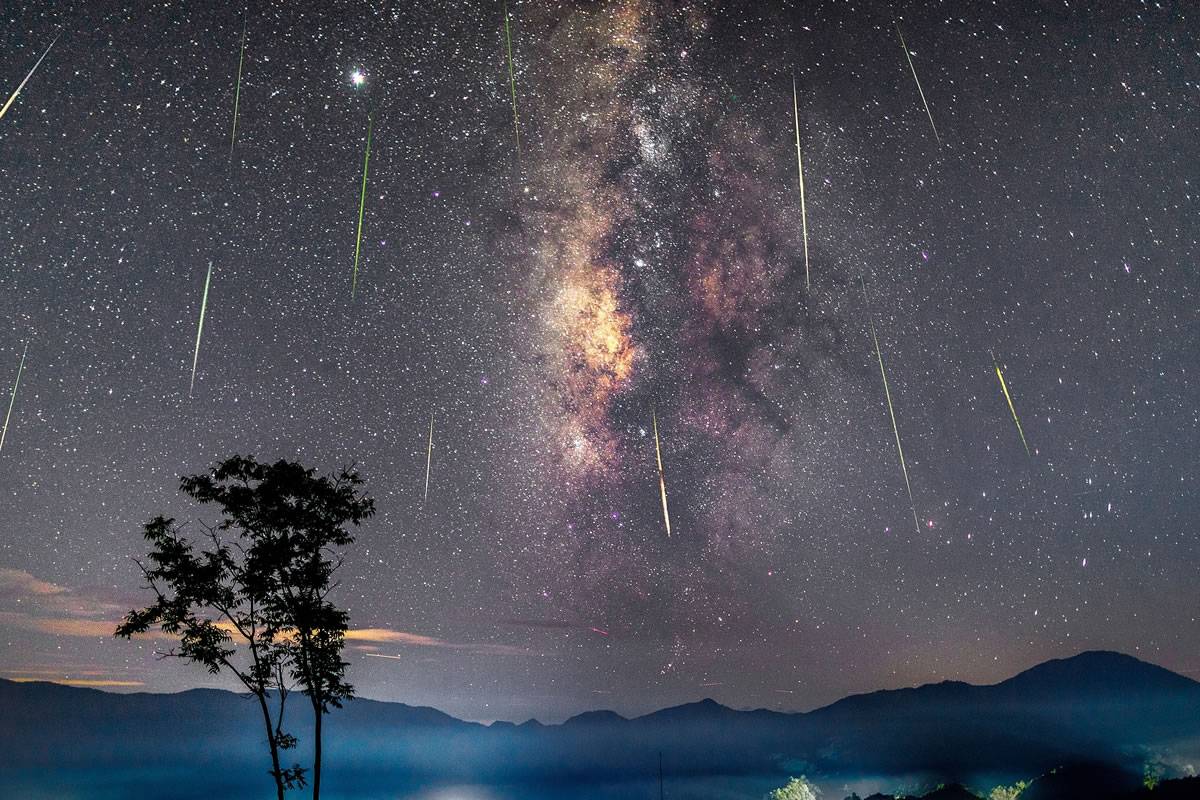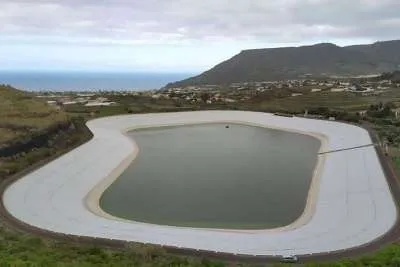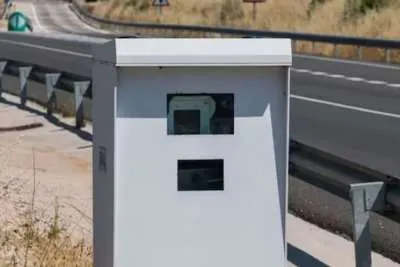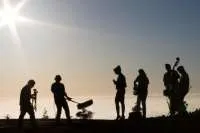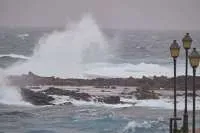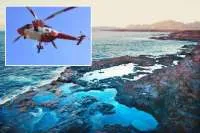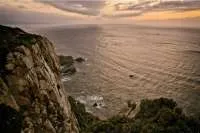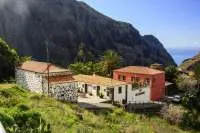The Perseids meteor show will be broadcast live from the Canary Islands
- 05-08-2023
- National
- Canarian Weekly
- Photo Credit: IAC
The skies of the Canary Islands have been chosen this year to broadcast the most anticipated meteor showers of the summer: the Perseids, also known as "Tears of San Lorenzo", with the highest volume and most visible shooting stars expected next Sunday night, 13th August.
Online TV channel, sky-live.tv will broadcast live footage from the Teide Observatory (Tenerife) and the Roque de Los Muchachos Observatory (La Palma) of one of the most important astronomical events of the year.
The Institute of Astrophysics in the Canaries (IAC) explains that every year at this time, the Earth goes through the cloud of dust and rocks that the Swift-Tuttle comet has left in each of its orbits around the Sun. Consequently, from mid-July to the end of August the Perseids are visible every night and in the case of Europe, the best nights to enjoy their activity will be between August 11th and 14th.
The Sky-Live.tv channel will begin its broadcast on the night of August 13th at 10:50pm in the Canary Islands via YouTube and on their social media. The time with the most activity and visible meteors is expected to be between 1:00am and 2:45am on Sunday night/Monday morning.
Contrary to what its name indicates, the only relationship that "shooting stars" have with the gigantic balls of burning gas that are stars, is the name, explains the IAC.
“When we talk about ‘shooting stars’, we are actually referring to very small particles of dust, some smaller than a grain of sand, that break off from comets or asteroids throughout their orbits around the Sun.”
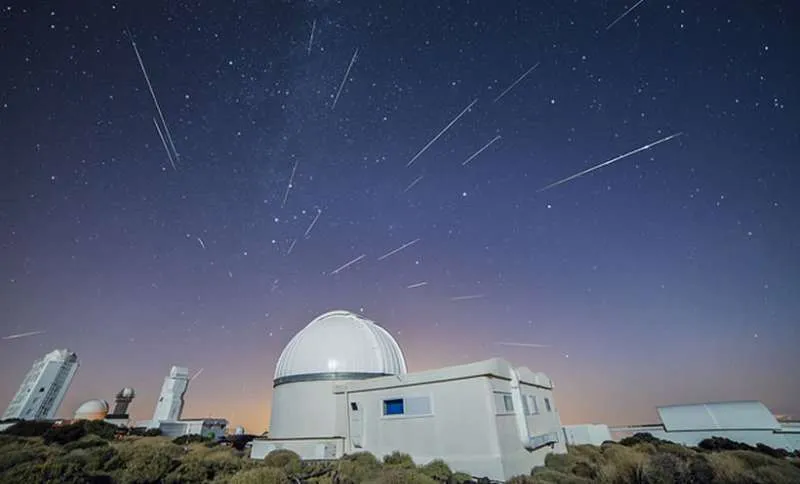
The cloud of particles (called meteoroids), the result of melting caused by solar heat, is dispersed by the comet's orbit and traversed by the Earth on its annual journey around the Sun.
During this encounter, the grains of dust disintegrate as they enter the Earth's atmosphere at high speed, creating the luminous streaks that receive the scientific name of meteors.
In the case of the Perseids, the celestial body from which they have detached is the Swift-Tuttle comet, discovered in 1862 and which, with an approximate size of 26 kilometres in diameter, is the largest object that periodically approaches the Earth.
However, the name "Perseids" is given by the constellation Perseus, since the point in the sky where this constellation is located is where they appear to be born.
The IAC also details that one of the main problems when making astronomical observations is light pollution, so to enjoy the most anticipated meteor shower of the summer, the first thing to do is to choose a place with clear skies, away from the lights of cities.
The peak viewing time is when the constellation Perseus is at its zenith, i.e. vertically above us, when, if conditions are right, between 20 and 25 meteors should be observed every 15 minutes.
[BOXPOSTS


